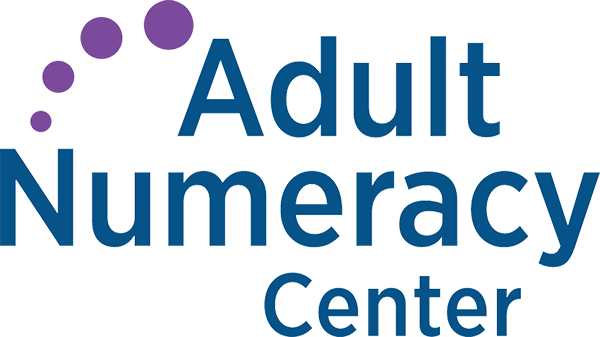Teaching Math to ESOL Learners: A Reflection
For this installment we’re featuring a special guest blog by Sister Margaret Lanen of Notre Dame Education Center in South Boston (http://www.ndecboston.org)
When I was asked to teach a math class once a week this year, I was most willing. I taught algebra, geometry and advanced math in high school for many years and thought it would be easy to teach basic math to new English language learners. Little did I think that the language used in math would be such a stumbling block to ESOL students! I thought it would not be very difficult to teach math vocabulary and processes. What a surprise!
The students were nervous about their lack of math skills when they began the class. I started with the basic operations of addition, subtraction, multiplication and division. It didn’t take long before I realized how many words like minus, sum, times, and divided by were new vocabulary to many of the students. Trying to solve a division problem during the first weeks (especially with some of the Haitian students, who use a different division procedure than we use in the U.S.) made me realize that teaching math to ESOL students was not going to be so easy. Students would tell me they knew the answer, but they couldn’t explain it in English. It is challenging to get the right vocabulary and language to express mathematical thinking in another language.
Luckily, our program director had agreed to invite folks from the SABES PD Center for Mathematics and Adult Numeracy to come to our site for math professional development. When I participated in the workshops, I realized how different my experience as a high school math teacher was from teaching math to adult language students. The trainer introduced a whole new way of teaching math which was hands-on. This was brand new to me.
She began with the staff working together on basic mathematical concepts. The emphasis was always on how we got the answer. Staff worked in groups placing fractions on a specially created number line. We had many activities which included using scissors, graph paper, string, magic markers, rulers, etc. We were learning by doing.
How did this affect my teaching of math? Well, now in every class I always include a group activity to give the students a hands-on experience of the skill I am teaching. It is a challenge for me to plan the class. For example, I knew that the concept of pi would be difficult to get across. With string, rulers, cans of different sizes, and scissors the students measured the circumference of the can and the length across the center. The three groups found that the ratio of the two measurements were the same. This experience gave the students a visual measure of pi as a number a little bigger than 3.
I do feel a sense of community as the students work together to help one another. I’ve learned I need to be patient and give the students time to get started with an activity and decide what they are going to do. Group work often illustrates that there are different ways of getting an answer.
One big fear of some of the students when they started the class was that they would fail math. The best part of teaching this math class is that the students do not need to pass a test to succeed. They come to see the many ways math can help in their daily life. I bring newspaper ads and they determine how to take 25% off the cost of an item at the store. We learn to read graphs such as the history of immigration in the United States. They use graph paper to decide how much fencing they need for a garden or what is the best plot size for the vegetables. Many math concepts develop from these activities.
When I hear the conversation of students in their groups helping one another to understand a math concept, I feel excited. My sense is that the students are learning math and feeling more confident and I am learning, too.
